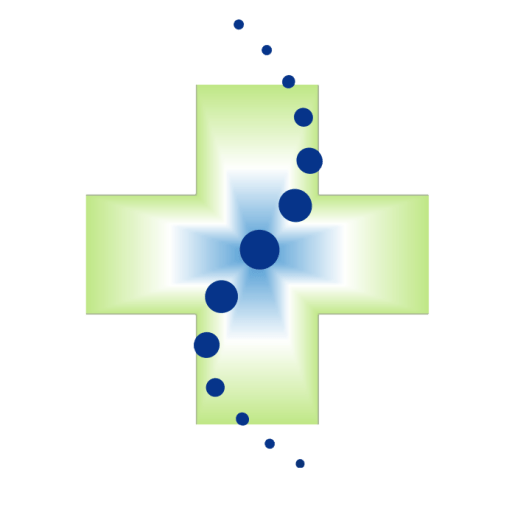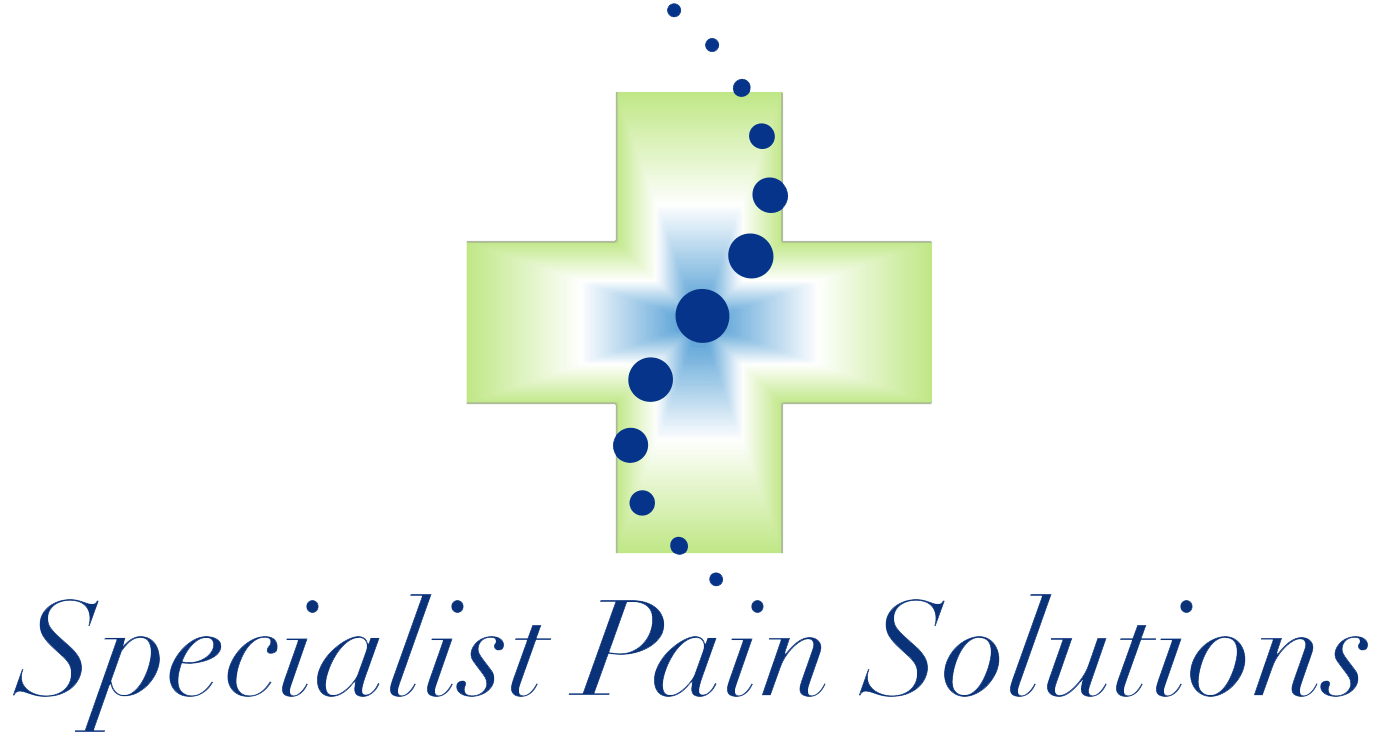Conditions
Conditions can vary but below are some of the most common conditions we see day to day and offer treatments for

Occipital Neuralgia
Occipital Neuralgia
Also known as cervicogenic headache is a specific type of headache felt at the back of the head (the occipital area), often arising from muscle tension or other pathology, such as arthritic changes in the neck.

Migraine
Migraine
This is a common but severe form of headache, usually diagnosed and managed by a pain physician and neurologist; teamwork is essential to get the best results.

Neck Pain
Neck Pain
Often arising from the cervical facet joints or local muscles, this can refer into the shoulders or head and can be related to arthritic changes or mechanical factors.

Shoulder Pain
Shoulder Pain
Shoulder pain can be complex, with several sources arising from the joint itself, as well as the nerve supply.

Thoracic Back Pain
Thoracic Back Pain
This is often associated with pain arising from the the facet joints, Costo-vertebral joints (between the ribs and the spine) or occasionally from osteoporotic fractures.

Cluneal Nerve Pain
Cluneal Nerve Pain
Also known as thoracolumbar spine syndrome or Cluneal neuralgia. This arises as a result of entrapment of the Cluneal nerves, which are sensory branches of the lumbar plexus, as they cross the iliac crest.

Low Back Pain (Lumbar)
Low Back Pain (Lumbar)
This can occur due to wear and tear and degenerative changes in the joints or mechanical factors associated with posture and gait.

Piriformis Syndrome
Piriformis Syndrome
This is a cause of buttock and leg pain and is usually a diagnosis of exclusion once other causes, such as sciatica (lumbar nerve root stenosis) and sacroiliac joint pain, have been ruled out.

Sacroiliac Joint and Coccyx Pain
Sacroiliac Joint and Coccyx Pain
These are both causes of pelvic pain. The sacroiliac joint is at the base of the lumbar spine as it joins the pelvis and may be associated with hip and groin symptoms and can be a cause of leg pain, often mistaken with sciatica symptoms.

Sciatica or Leg Pain
Sciatica or Leg Pain
This is often associated with spinal narrowing (stenosis) diagnosed by physical examination and MRI scan.

Groin Pain
Groin Pain
This can be associated with hip or sacroiliac joint problems or nerve entrapment such as Cluneal or ilioinguinal and genitofemoral nerves, often associated with postoperative pain after inguinal hernia repair

Hip and Knee Joint Pain
Hip and Knee Joint Pain
These are common symptoms often associated with arthritis or cartilage damage. We will often see patients to reduce pain to avoid or postpone surgery or after surgery if there continues to be a pain issue preventing rehabilitation.

Foot Pain
Foot Pain
An unusual but important condition causing foot pain is Morton’s Neuroma, a benign tumour of the small nerves of the foot diagnosed by an MRI scan, which can be targeted locally to avoid surgery.
